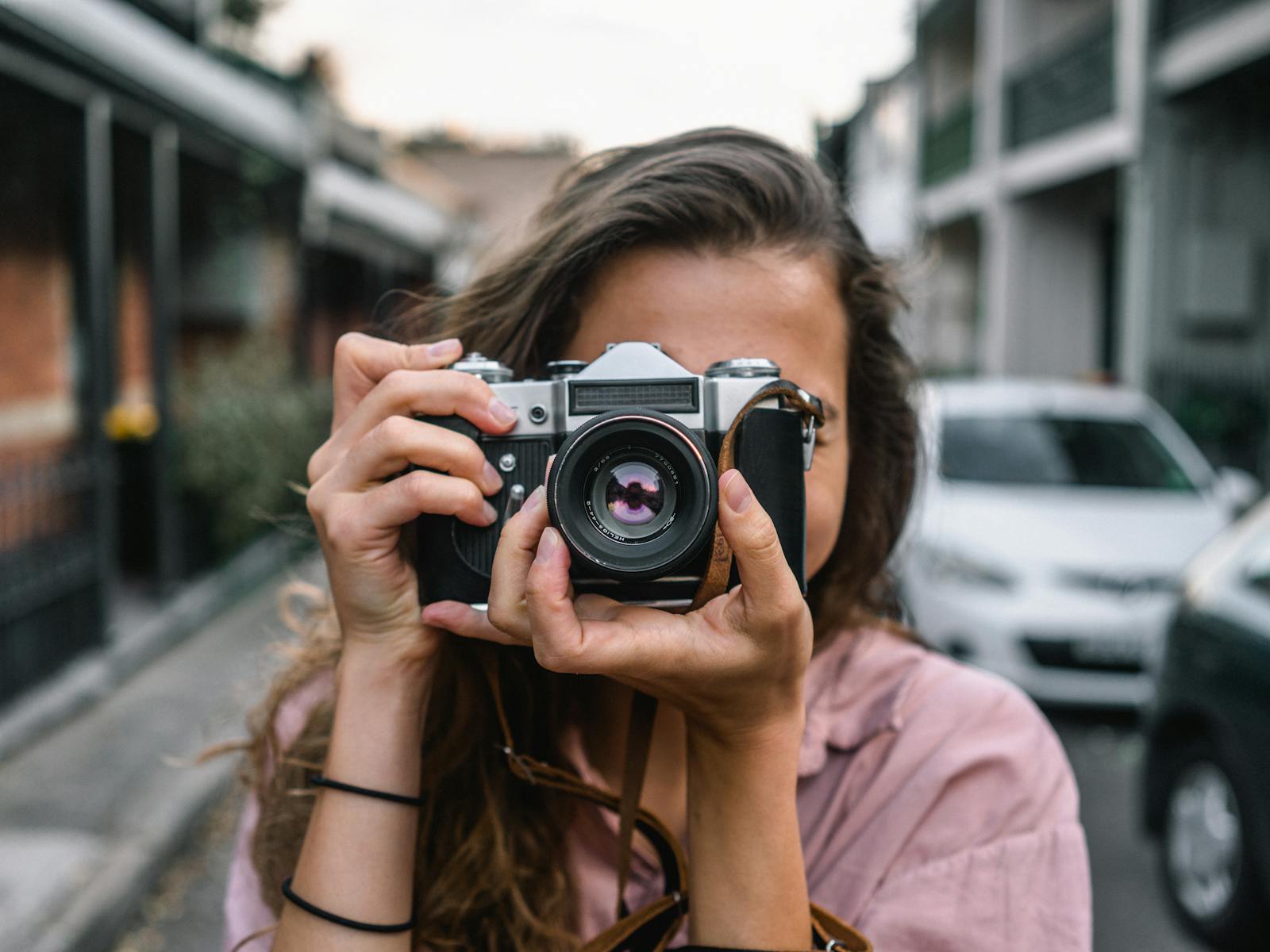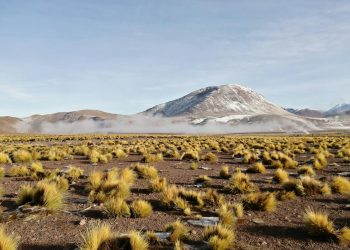There’s something universal in the urge to capture where we’ve been. From dusty journals to charcoal sketches, humans have always tried to hold onto the memory of a journey. In the digital age, this instinct has transformed into photography—an art form that has never been more accessible, or more saturated. Millions of travel photos are uploaded every day, from the Eiffel Tower to quiet mountain villages. But what separates a photo worth scrolling past from one that makes a viewer pause? Stunning travel photography isn’t about filters or fancy gear; it’s about storytelling, intention, and connection. It’s about seeing the world with both curiosity and respect—and capturing it with purpose.
Looking Beyond the Postcard
Too often, travel photography mimics a postcard: scenic, safe, and strangely empty. But the most compelling images go beyond landmarks and try to convey how a place feels, not just how it looks. Think of Steve McCurry’s Afghan Girl—not just a portrait, but a portal into emotion, conflict, and resilience. Or Sebastião Salgado’s black-and-white landscapes, which transform geography into poetry. Stunning travel photography doesn’t just show a place; it tells a story about it.
To reach that depth, a photographer must first stop being a tourist and start being an observer. It requires slowing down and noticing the quiet details others miss—the flicker of lanterns in an alleyway, the worn hands of a fruit vendor, the rhythm of local life as it unfolds. Great travel photographers immerse themselves. They sit. They wait. They listen. They seek moments that feel alive, not staged.
Light as Language
Understanding light is perhaps the most essential skill in photography, and it’s especially critical when working outdoors. The golden hour—those magical moments after sunrise and before sunset—bathes everything in warmth and softness. Shadows stretch. Colors glow. Even a simple beach or forest becomes cinematic.
But good light doesn’t always mean perfect weather. Sometimes, the moodiness of an overcast sky or the contrast of a sudden downpour tells a truer story. Consider Iceland’s volcanic plains under stormy clouds or the stillness of Tokyo at night beneath neon and rain. These conditions, while technically “less ideal,” often result in images with more atmosphere, more emotion.
A skilled travel photographer learns to adapt—not chase light, but dance with it.
Composition: Telling Stories Without Words
At its heart, photography is a language without letters. Composition is the grammar of that language. While there are guidelines—the rule of thirds, leading lines, framing—what truly matters is using those tools to tell a visual story.
For instance, placing a lone figure against a vast landscape doesn’t just create scale; it says something about solitude, about exploration, about human vulnerability in nature. Shooting through a doorway into a bustling café doesn’t just look artistic; it invites the viewer inside, makes them part of the scene.
Foreground interest, layered depth, symmetry—these are compositional choices, yes. But more importantly, they are narrative decisions. A travel photograph should answer a question: What do I want the viewer to feel? Wonder? Nostalgia? Discomfort? Curiosity? If the image doesn’t provoke a reaction, it’s just a snapshot.
The Ethics of the Lens
There is an undeniable power dynamic in photography, especially when traveling through communities that differ culturally or economically from the photographer. Capturing someone’s image is, in a way, taking something—so it must be done with consent and respect.
Some of the most haunting travel photos have come under criticism not for their technique, but for the ethics behind them. Were they exploitative? Did they flatten a culture into a stereotype? Did they prioritize aesthetic over dignity?
Stunning travel photography, truly stunning in the human sense, requires empathy. It means asking before photographing a street performer, respecting sacred spaces, and avoiding the temptation to aestheticize poverty. Sometimes the most ethical choice is to put the camera down.
Equipment Matters—But Not As Much As You Think
In the age of smartphones with advanced sensors and AI-powered editing, anyone can take great photos with minimal gear. While professional cameras offer better control and quality, they’re not prerequisites for stunning imagery.
What does matter is knowing how to use what you have. Understanding exposure, depth of field, and white balance can elevate even a mobile photo. More important than pixels is perspective. A thoughtful composition on an old phone can outshine a high-res photo with no soul.
However, for those seeking to push the craft further, lightweight mirrorless cameras, a prime lens or two, and a portable tripod can open new creative doors. But even then, gear should serve the story—not the other way around.
Post-Processing: Enhancing, Not Distorting
Editing is part of modern photography, but there’s a fine line between enhancing a photo and turning it into fiction. The best edits respect the integrity of the scene. They balance contrast, correct color, and subtly highlight what matters—without erasing what’s real.
Too much saturation, excessive HDR effects, or artificial skies might catch attention, but they often feel dishonest. A truly powerful image doesn’t need heavy manipulation—it just needs clarity of vision.
Use editing to guide the viewer’s eye, not to deceive it.
Patience and Serendipity
Travel photography is a paradox: you plan to capture the spontaneous. You set out with an itinerary, a shot list, a dream—then end up with your favorite photo from a place you hadn’t intended to stop.
That’s the nature of this art. The best images often come not from planning, but from openness. The market you stumbled upon at dusk. The quiet look exchanged between strangers. The reflection in a puddle after rain. To create stunning travel photography, you must remain flexible enough to follow the moment wherever it leads.
Patience plays a key role too. Waiting for the right light, the right expression, the right stillness can make the difference between an average photo and a timeless one.
The Traveler, Transformed
Ultimately, stunning travel photography is not about places—it’s about perspective. It asks the photographer to engage with the world, not just observe it. It demands presence, curiosity, humility.
A truly great travel photo doesn’t just show where you were—it shows how you changed because of it. It speaks not only of landscapes and people, but of gratitude, wonder, and respect.
In a world awash with images, the ones that linger are those that remind us of our shared humanity. They transport. They connect. They expand.











